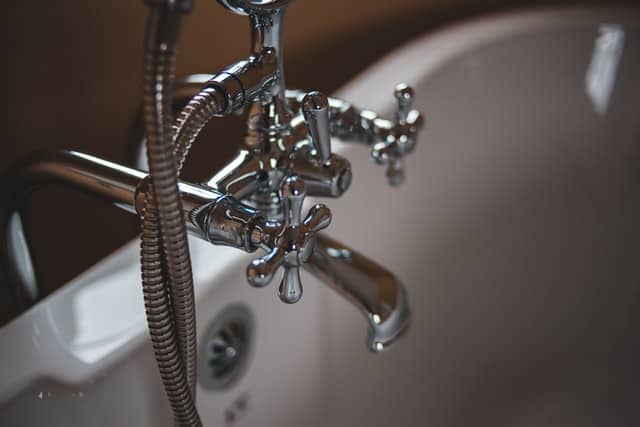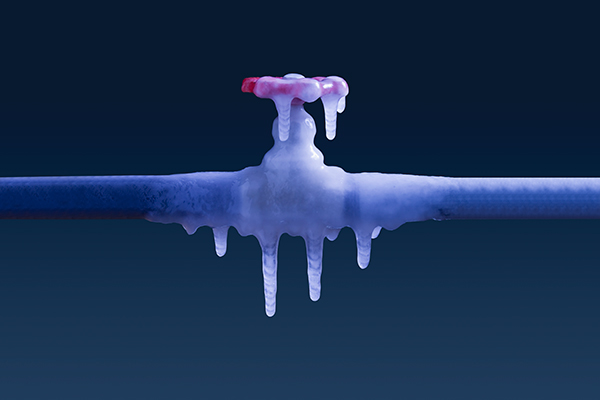What're your ideas about Prevent Freezing and Bursting Pipes?

All home owners who live in pleasant climates have to do their best to winterize their pipelines. It is something you should do throughout fall before deep wintertime really starts. Failure to do so can spell catastrophe like icy, fractured, or burst pipelines. If the climate outside is terrible, below are some useful winterizing hacks to maintain your plumbing system secured also.
Try a Hair Dryer or Heat Gun
When your pipes are virtually freezing, your trusty hair dryer or warm weapon is a blessing. Bowling warm air straight right into them might aid if the hot towels do not help dislodge any type of clearing up ice in your pipes. Nonetheless, do not use other objects that produce straight fires like a strike lantern. This can lead to a larger disaster that you can not regulate. You may wind up damaging your pipes while trying to melt the ice. And also in the long run, you may even wind up shedding your home. So be careful!
Open Cupboard Doors Hiding Plumbing
When it's chilly outside, it would certainly be useful to open up cupboard doors that are camouflaging your pipelines. Doing this little trick can keep your pipelines warm and also restrict the potentially unsafe results of freezing temperature levels.
Require Time to Wrap Exposed Piping
One very easy and clever hack to warm up frigid pipelines is to cover them with warm towels. You can also utilize pre-soaked towels in warm water, simply do not forget to wear protective handwear covers to guard your hands from the heat.
Activate the Faucets
When the temperature level declines and it seems as if the icy temperature level will certainly last, it will help to turn on your water both inside your home and also outdoors. This will maintain the water flowing with your plumbing systems. You'll finish up wasting gallons of water this means.
When Pipelines are Frozen, shut Off Water
If you discover that your pipes are totally frozen or practically nearing that stage, turn off the main water shutoff promptly. You will generally locate this in your cellar or utility room near the heating unit or the front wall surface closest to the street. Transform it off right away to avoid further damage.
Do not fail to remember to shut outside water resources, also, such as your connection for the yard house. Doing this will avoid extra water from filling your plumbing system. Regrettably, with more water, more ice will accumulate, which will ultimately cause rupture pipes. If you are not sure concerning the state of your pipelines this winter months, it is best to call an expert plumber for an assessment. Taking this positive technique can save you thousands of bucks out of commission.
All homeowners that live in pleasant climates should do their ideal to winterize their pipes. Failing to do so can lead to calamity like frozen, cracked, or ruptured pipes. If the warm towels do not assist dislodge any resolving ice in your pipelines, bowling hot air straight right into them might assist. Turn off the primary water valve immediately if you see that your pipelines are completely icy or practically nearing that phase. With even more water, more ice will stack up, which will ultimately lead to break pipes.
PREVENT YOUR PIPES FROM FREEZING THIS WINTER
A Leading Cause of Property Damage
When the weather is taking a deep nose dive into the cold dreary days, the risk of your pipes freezing and potentially bursting skyrockets. Unfortunately, during these cold dreary months, burst pipes are the most common denominator for property damage. The pipes that are most at the risk are those that are in areas where it is most cold in your home. For instance, pipes located in interior places such as basements, attics, and your garage. Unfortunately, that doesn’t mean that the pipes running through your cabinets or exterior walls can’t freeze. Good news, however, is that you can do things to help prevent pipes from freezing.
How to Prevent Pipes From Freezing
Once the temperature starts to drop during the winter, you should be taking the proper measures needed to ensure that your pipes stay warm and that there is circulation of water through them. Some steps that experts may recommend could go against your better judgement when it comes to saving water and heat. However, it would go without saying that when expenses are compared, damaged pipes could put a bigger dent in your wallet than a water bill.
What Can I Do?
Keep your garage door closed. This is very important, especially if you have water supply lines running through your garage. Open your kitchen and bathroom cabinets to allow warm air to circulate through them. Allow air circulation throughout your home. Keeping the interior doors open will once again allow the warm air to circulate inside your home. Ensure your thermostat is running the same temperature throughout the night and day. If you plan to be away from home during the cold months, set your temperature no lower than 55° F. This should provide enough heat to keep the pipes warm and prevent any remaining water inside the pipes from freezing. For more of a long-term solution, add insulation to attics, basement, and other crawl spaces around your home. By allowing your faucet to drip, it will alleviate pressure in the system. This is important because the pressure that is created between the blockage and the faucet can potentially cause the pipes to burst. Allowing the faucet to drip will prevent the pressure from building up, therefore keeping the pipes from bursting. Seal any cracks, openings, and crawl spaces around your home to prevent cold air from coming inside. This keeps your pipes-not to mention your home-warmer and less susceptible to issues caused by freezing temperatures. For the pipes in your home that are easily accessible, applying electrical tape to them might prevent them from freezing over. This is a quick fix, as you can apply the tape directly to the pipe. There are two options for heating tapes. One turns on and off by itself when it senses heat is needed. The other type of heating tape needs to be applied when heat is needed and removed when not necessary. If you have exposed pipes in your home, you can check this website to take a look at a few options that would be available at a shop near you.

Hopefully you enjoyed our piece about How to Prevent Frozen Pipes. Thanks so much for spending some time to read through our article post. So long as you enjoyed reading our blog post kindly do not forget to pass it around. I value reading our article about Winterizing Your Pipes.
Schedule Free Estimate